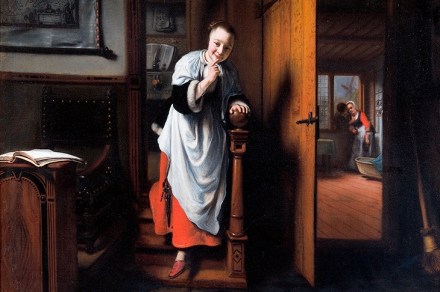Ménage à trois: Day, by Michael Cunningham, reviewed
Set over the course of the same April day, with morning, afternoon and night ascribed to consecutive years, Michael Cunningham’s Day is built around time’s march towards an inevitable ending. This feeling of being caught up in time and trapped by its onward force is shared by the novel’s small cast of characters. A married couple, Isabel and Dan Byrne, along with Isabel’s brother Robbie, are struggling with their floundering careers, ageing bodies and their place in the world. They are also balancing a painful platonic love triangle, with both Dan and Isabel more in love with Robbie than with each other. The claustrophobic domesticity of the novel is amplified



